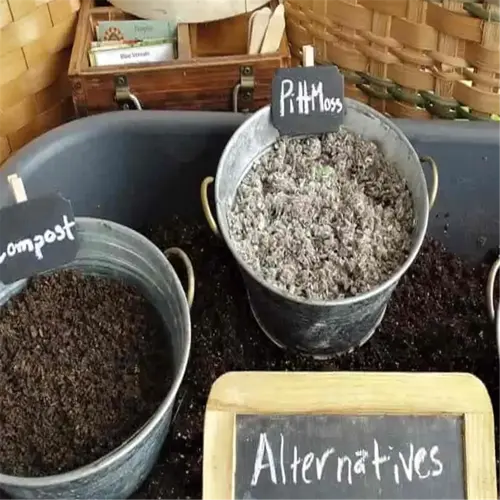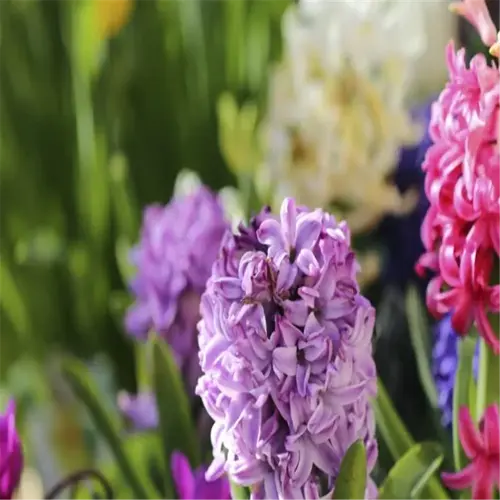Is watering plants before frost beneficial?

Written by
Paul Reynolds
Reviewed by
Prof. Martin Thorne, Ph.D.Watering your plants before frost takes advantage of the heat capacity of soil to protect the roots. When wet soil provides warmth, it releases the heat slowly over time and helps keep the air temperature around the roots of plants warmer - around a degree or two warmer per hour. One once saved my citrus saplings by deep watering them 36 hours before a 28°F night. Dry soil loses heat three times faster than saturated soil.
Focus the watering process at the root zone, which is about 6 inches beneath the surface. Use a soaker hose to get an even saturation. I say this because my neighbor killed their camellias by spraying their leaves with water just hours before a frost came through overnight. Foliage that becomes coated in ice will cause cell collapse more quickly than having unprotected roots. Additionally, check the soil moisture with a probe if you're unsure if it's time to water.
Optimal Conditions
- Water at midday when temps exceed 40°F
- Apply 1 inch depth across root spread
- Use well-draining soil to prevent waterlogging
- Mulch after watering to lock in warmth
Risk Avoidance
- Never water frozen ground
- Avoid overhead sprinklers below 38°F
- Stop watering if snow forecasted
- Install soil thermometers for accuracy
Microclimates affect watering requirements. My raised beds dry out more quickly than in-ground plots, and I need to water them sooner. Sandy soils also require 25% more water than clay to achieve the same moisture. Keep an eye on wind patterns, as breezy areas can evaporate water up to 40% more quickly and will require altering your irrigation schedule.
Read the full article: 12 Ways to Protect Plants from Frost: Expert Tips

